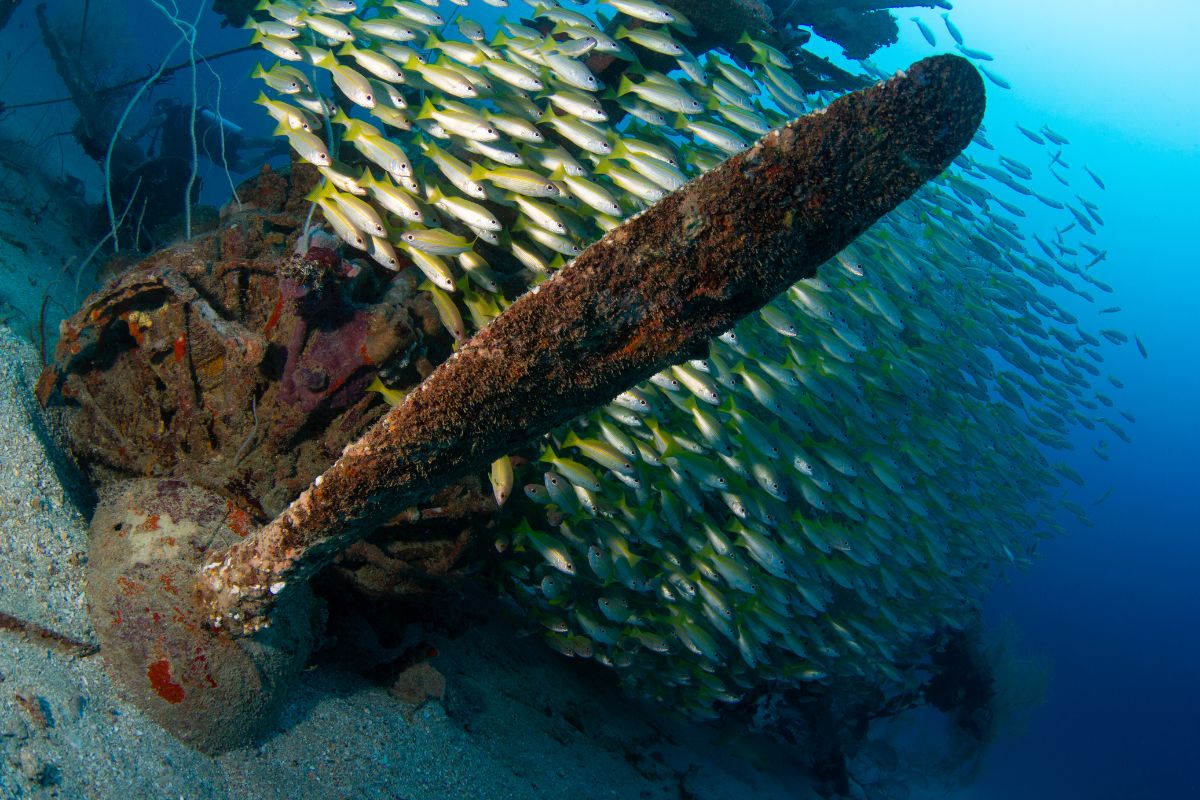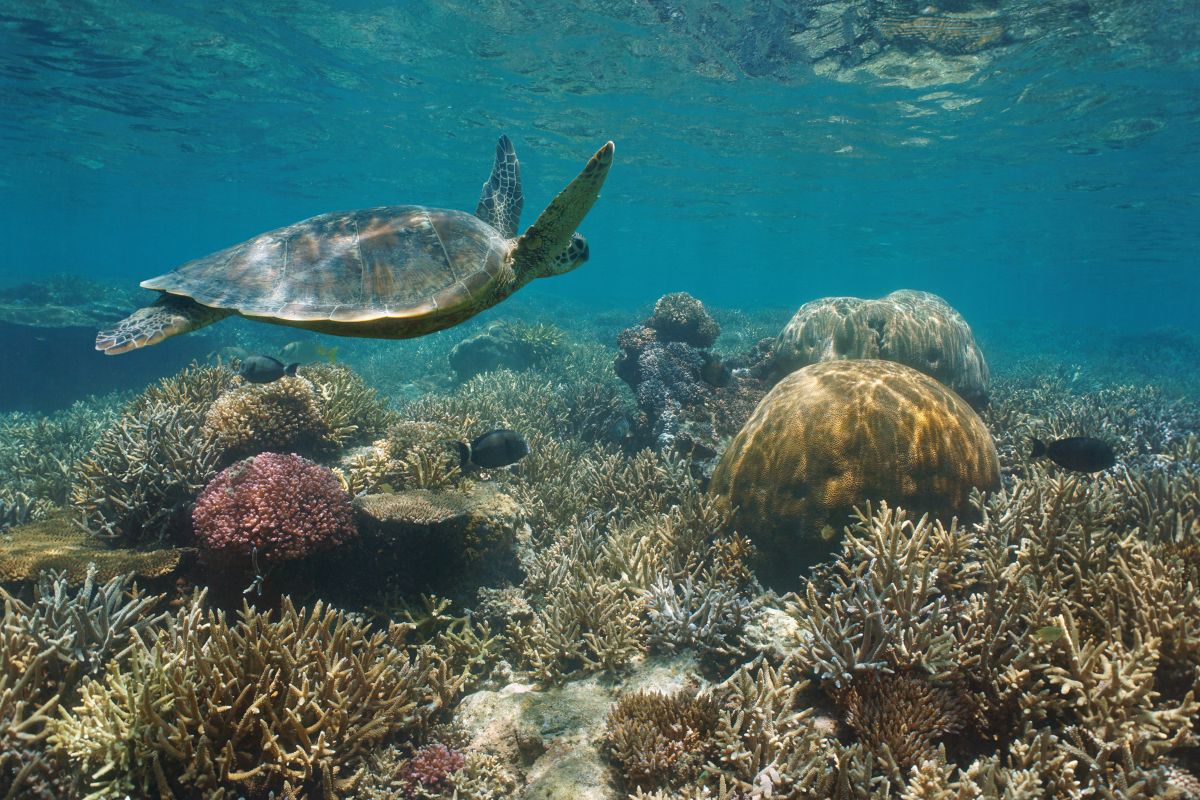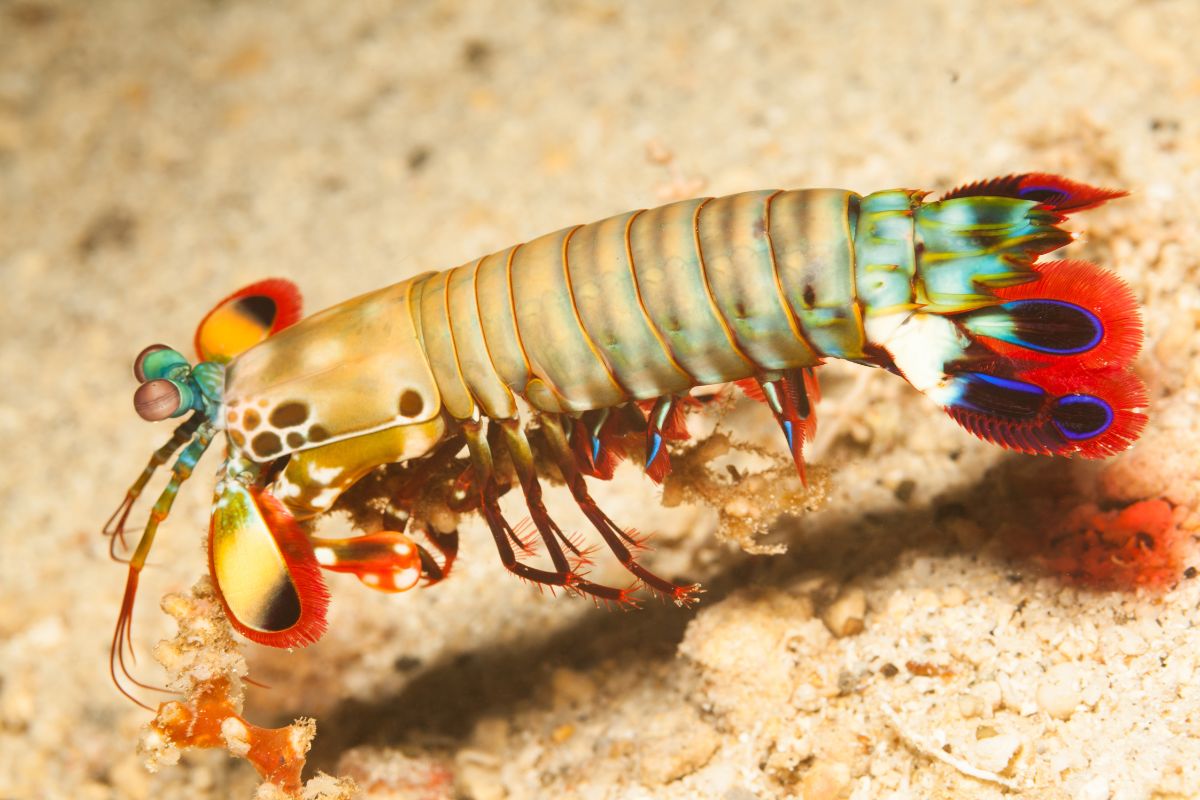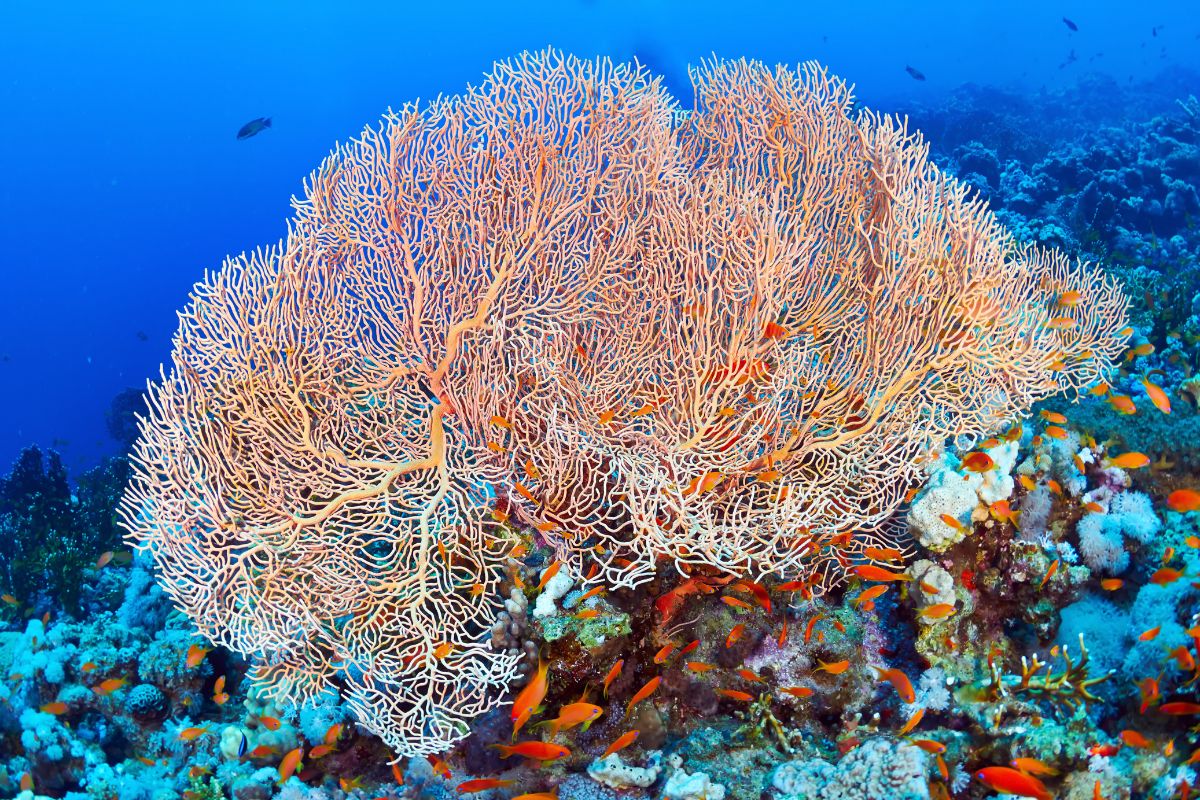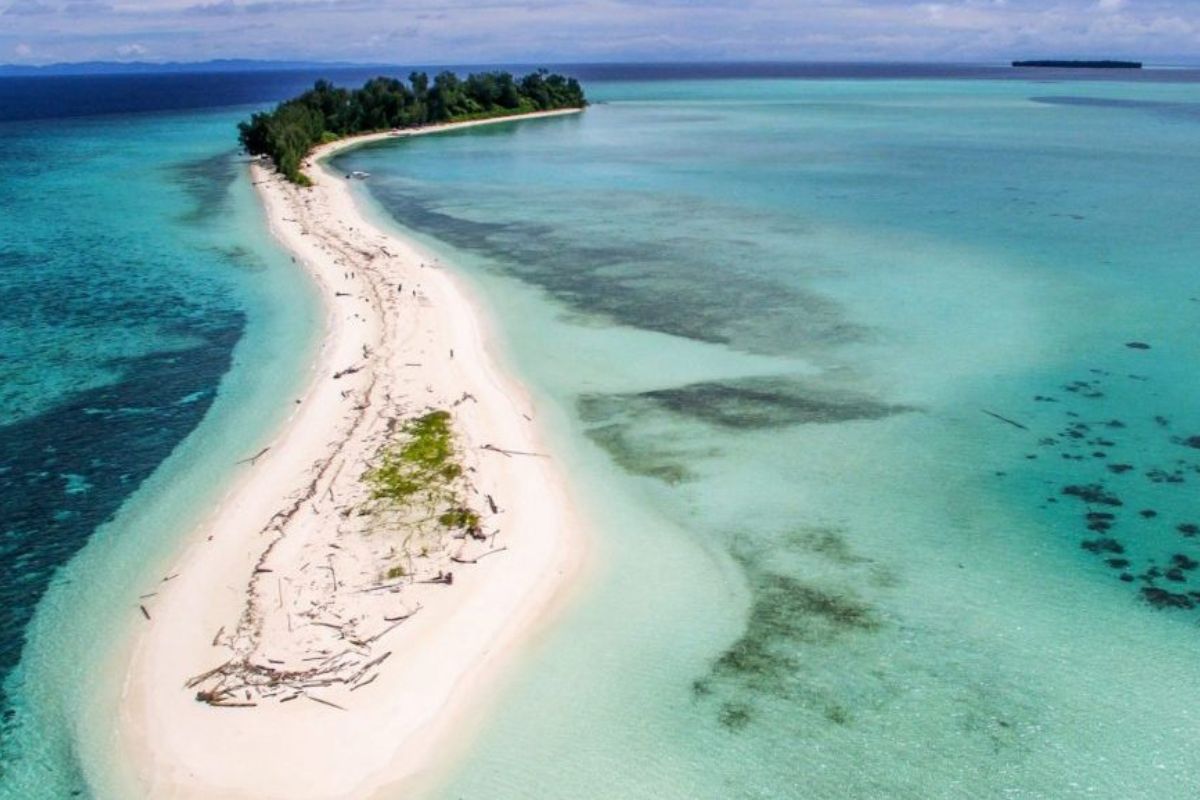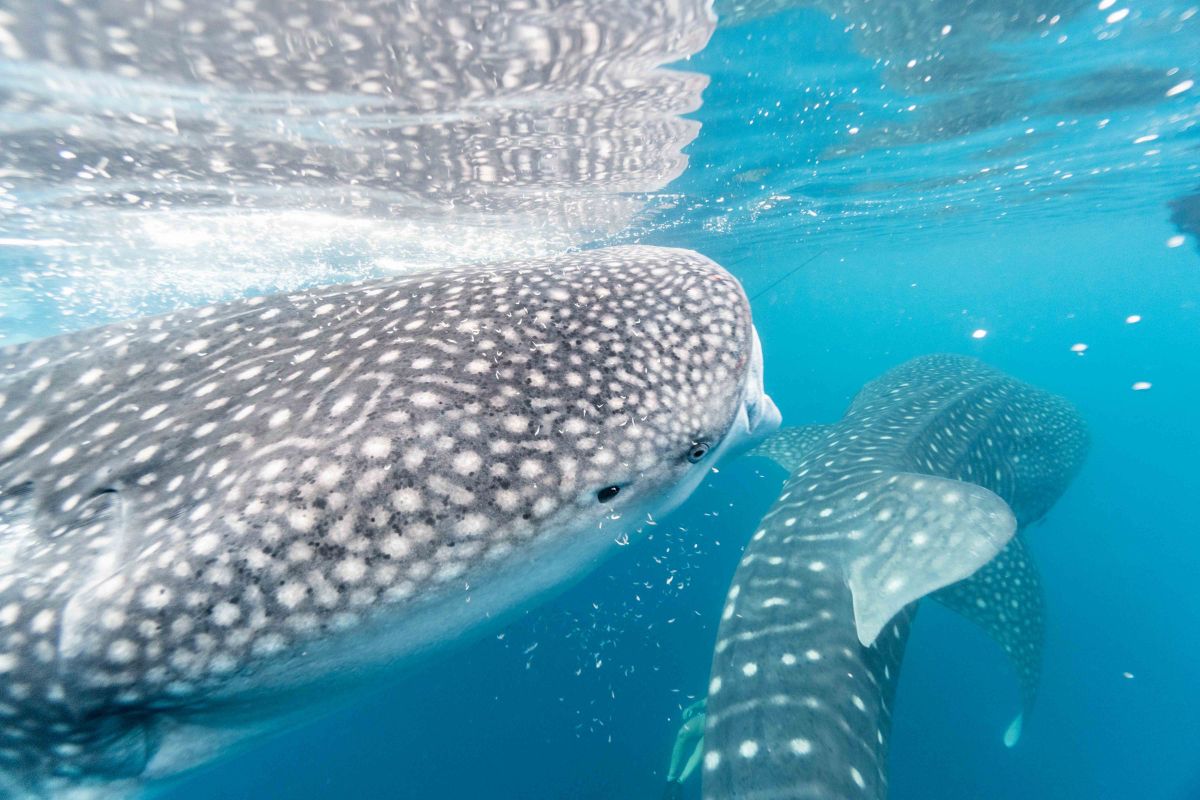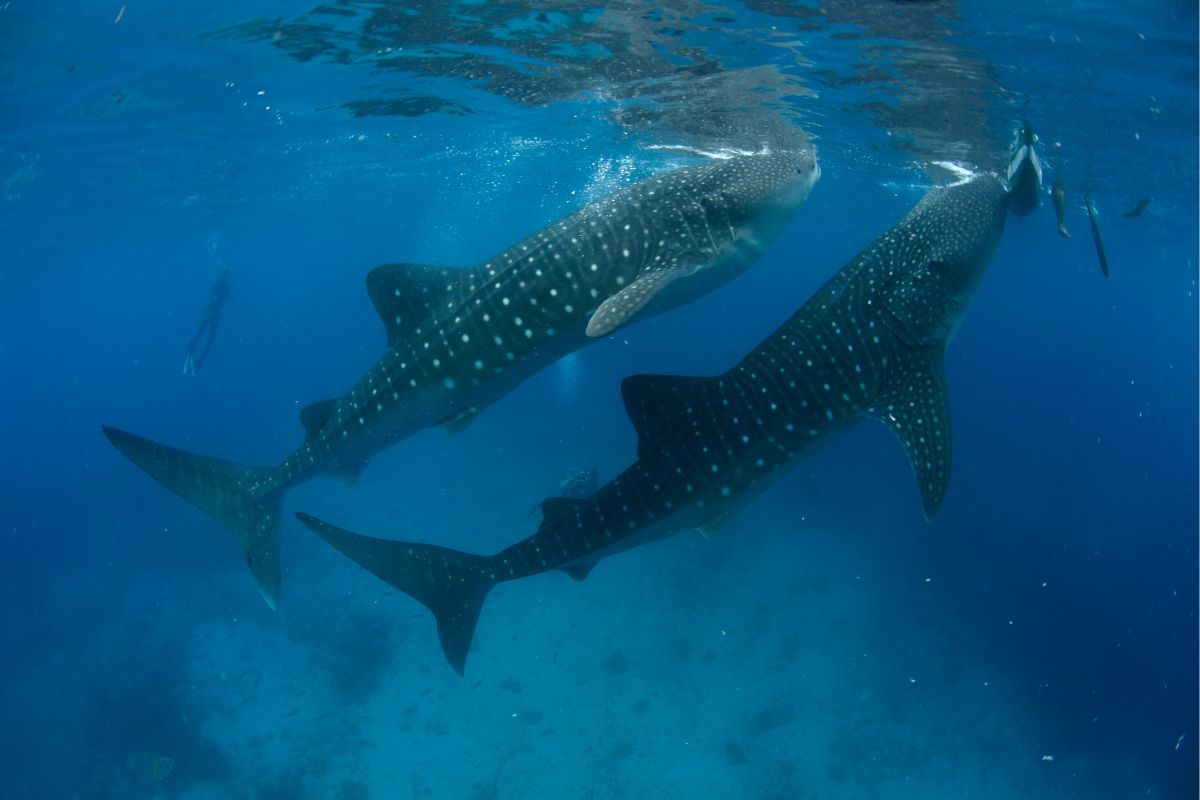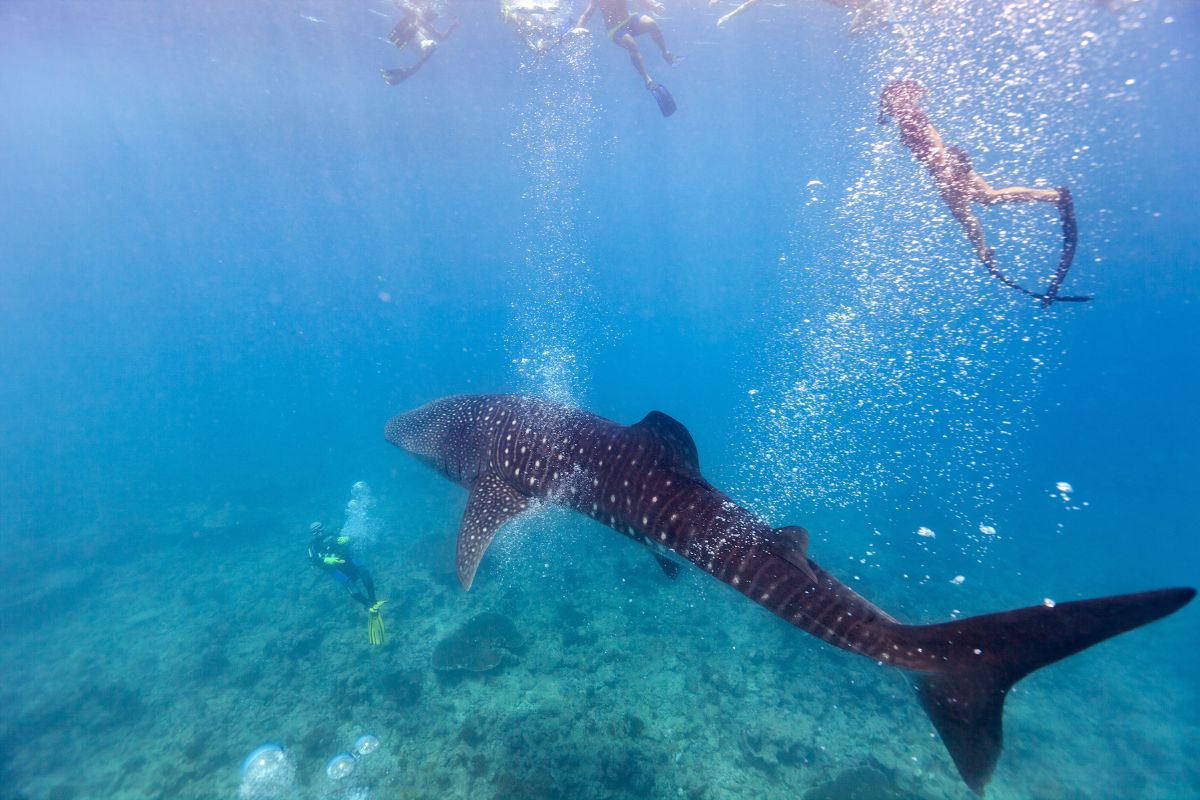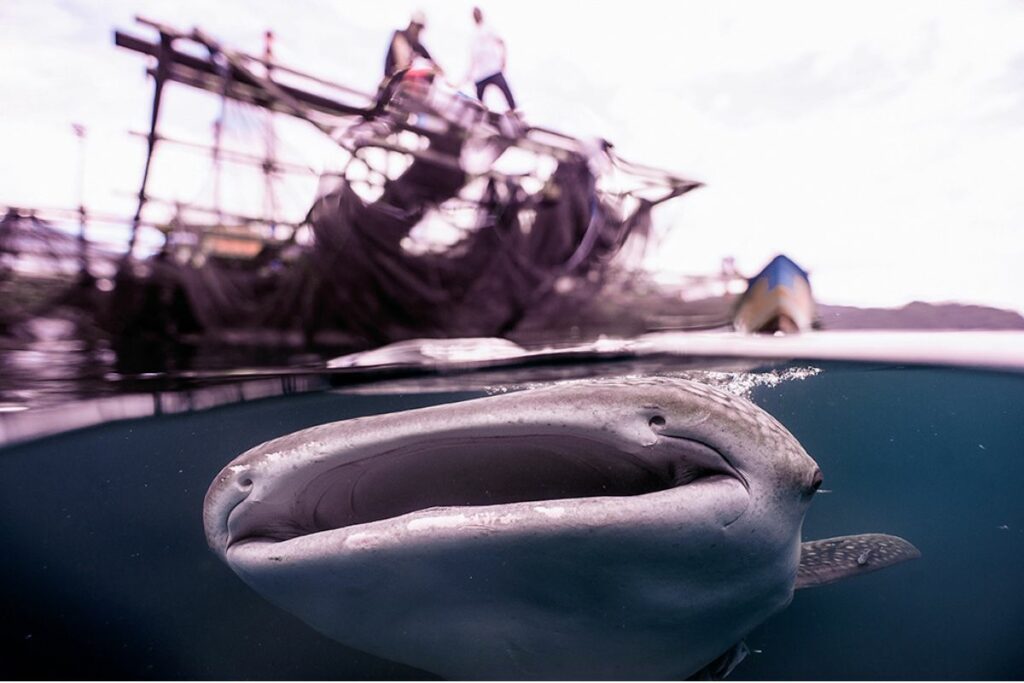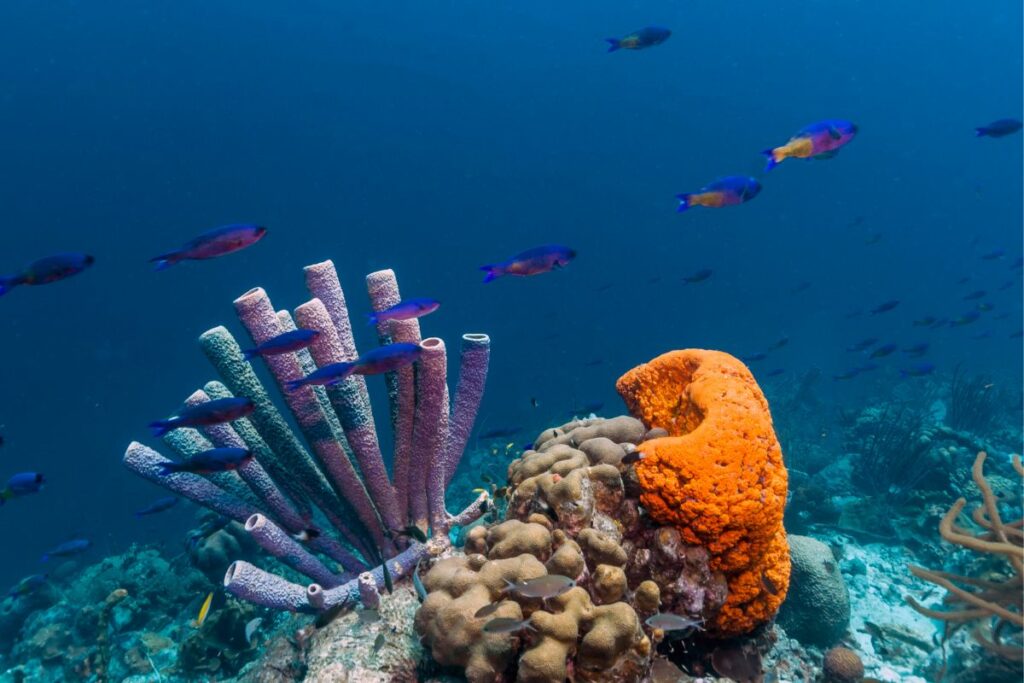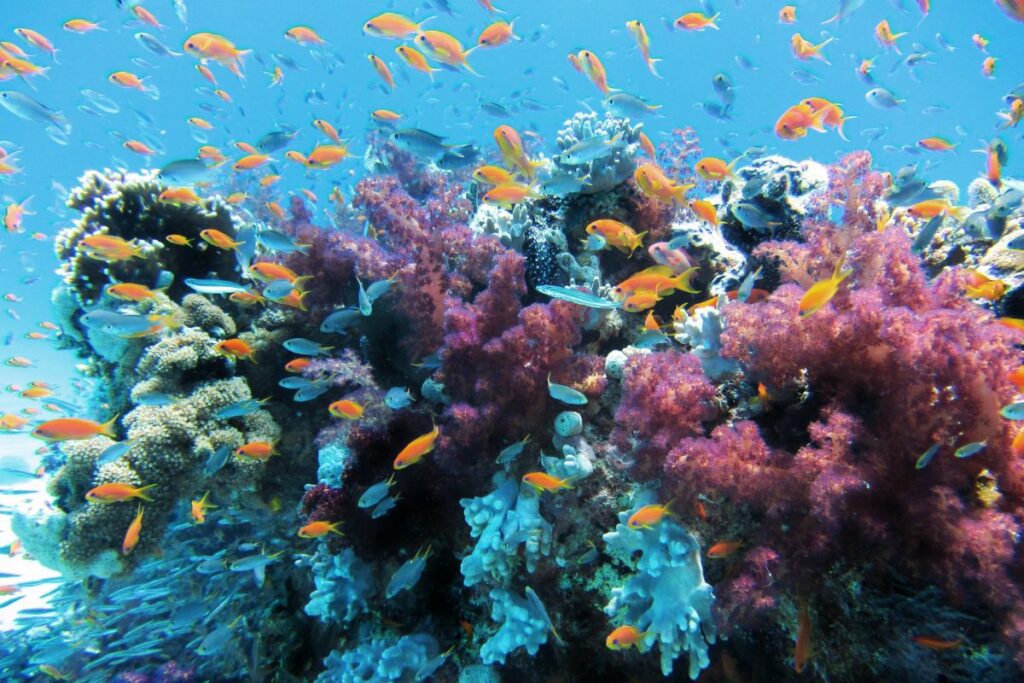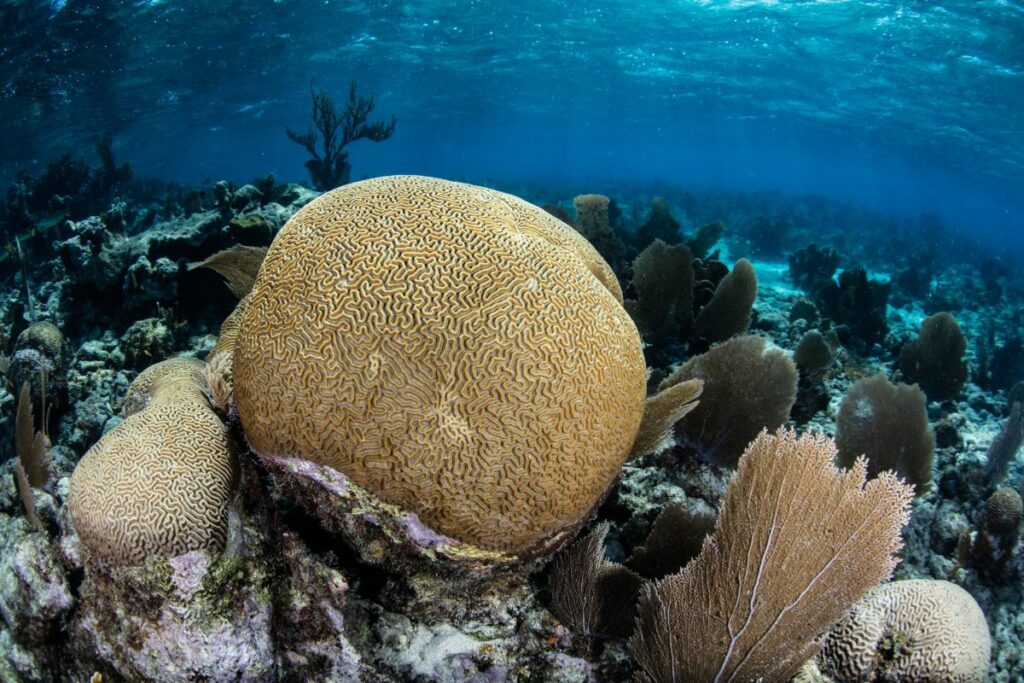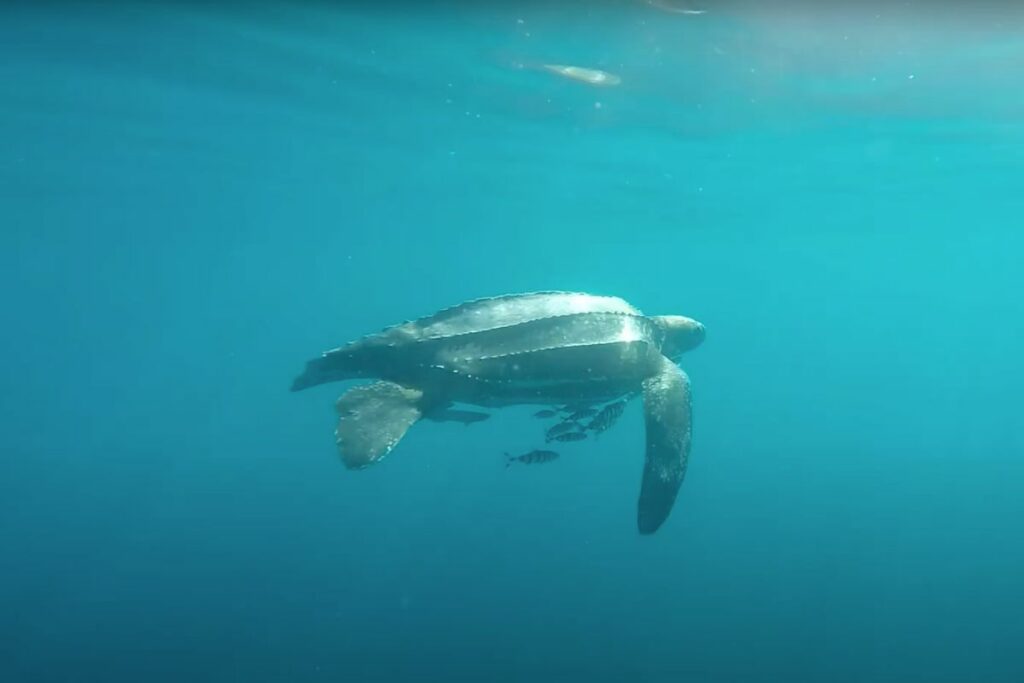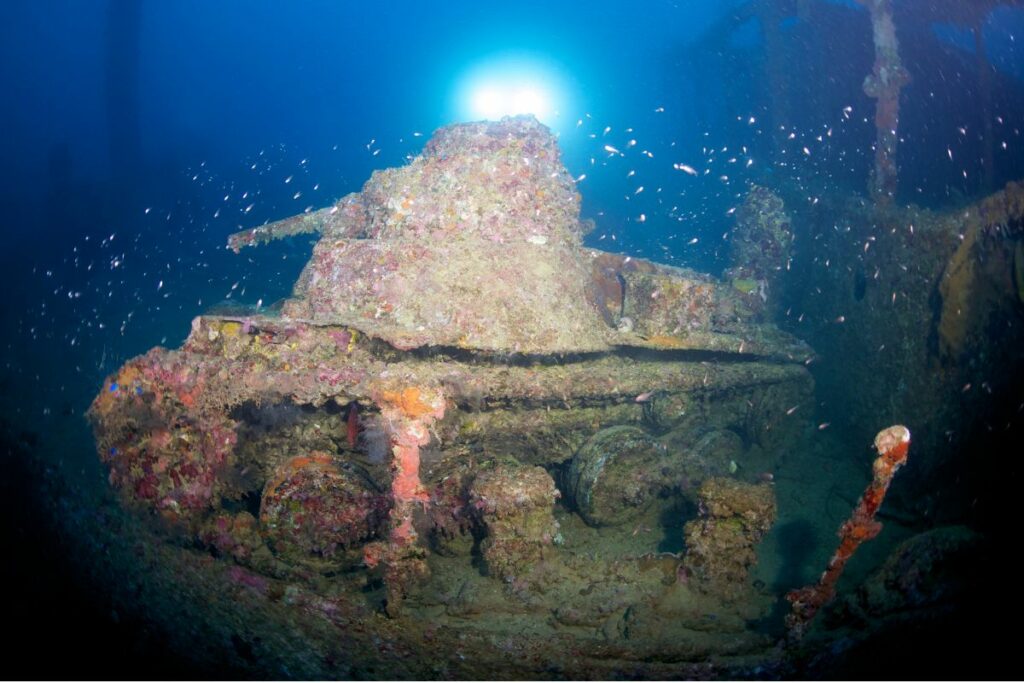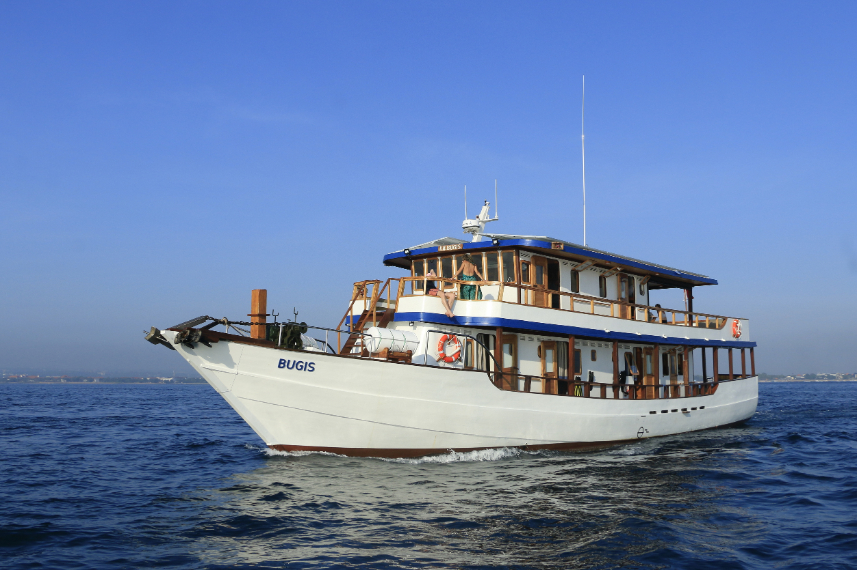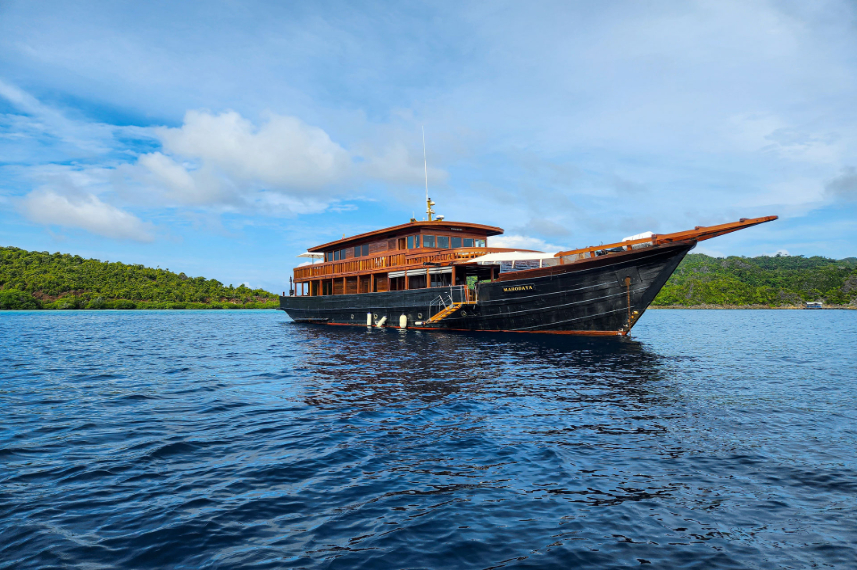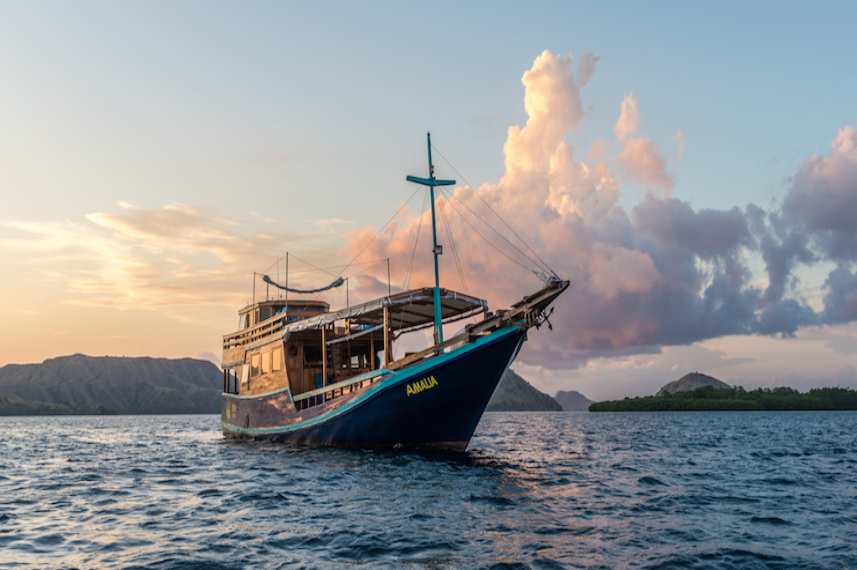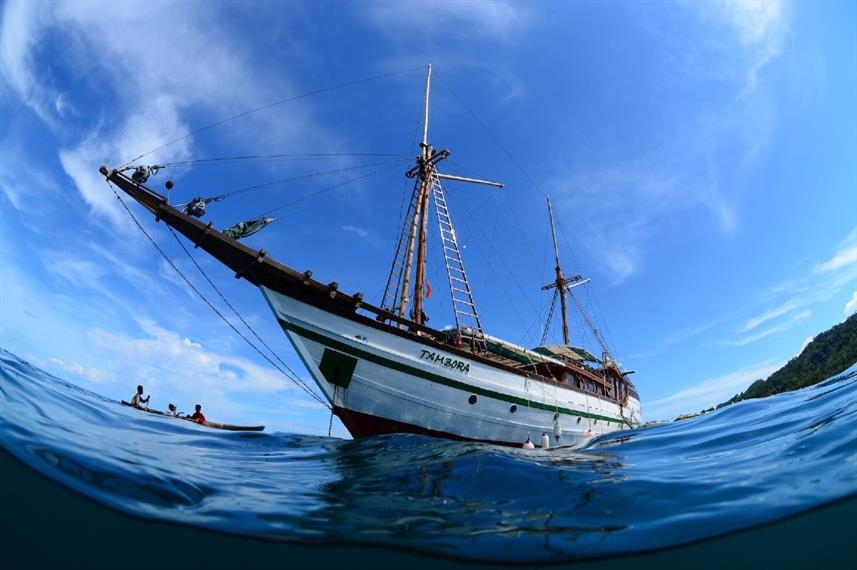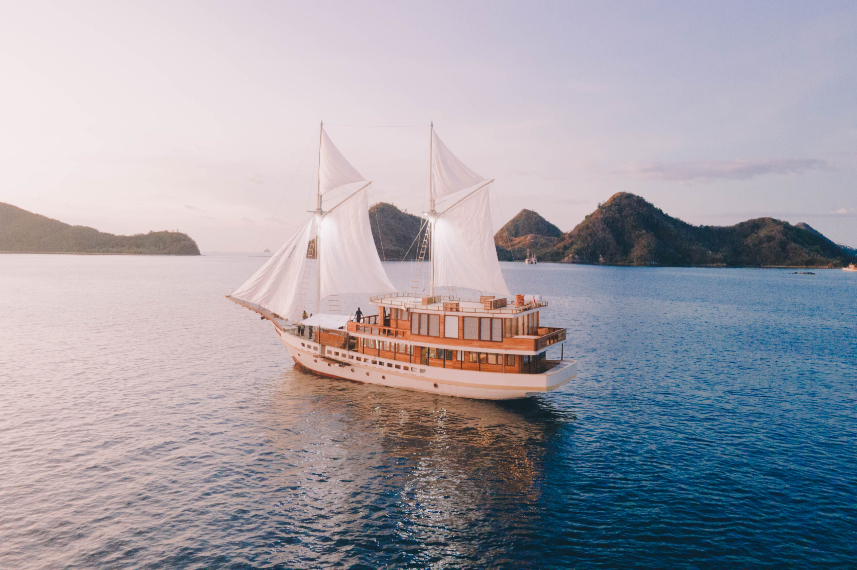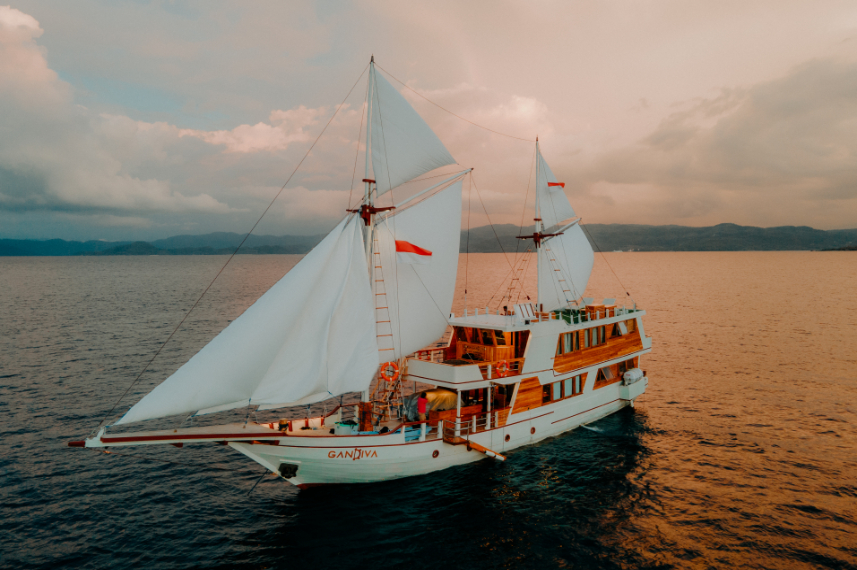Cenderawasih Bay
Discover and experience the underwater paradise of Cenderawasih Bay, where whale sharks roam all year round, and the diversity of marine ecosystems will surely guarantee you of an unforgettable diving experience.
Top highlights of Cenderawasih Bay
- Island hopping is a must-do as Cenderawasih Bay consists of many islands and islets with beautiful beaches.
- With the marine area covering 89.8 % of the bay, the option for diving spots is countless.
- Around 160 different species of sharks have been spotted in the area, with whale sharks as the primary attraction.
- During World War II, Cenderawasih Bay became one of the areas where major battles happened. For this reason, some wreckages, from fighter planes to cargo ships, are scattered around the bay, providing exceptional spots for diving.
- Home of the most remarkable diversity of coral ecosystems in the world, including some endemic species.
About Cenderawasih Bay
Before the name Cenderawasih Bay was officially used, the bay was called Geelvink Bay, taken from the name of the frigate led by a Dutch seafarer, Jacob Weyland, who VOC assigned to explore the northern part of Papua in February 1705.
After the independence, the name was changed to Cenderawasih Bay to reflect the endemic bird of Papua, Cenderawasih, also known as The Bird of Paradise.
Located between two provinces (West Papua and Papua) and five districts (Teluk Wondama, Manokwari, Nabire, Yapen, and Waropen) and positioned right at the neck of the bird’s head on the island of Papua, Cenderawasih Bay is nicknamed “The Galapagos of Indonesia’s Reefs” by renowned world fish scientist Dr. Gerry Allen due to its biodiversity.
Cenderawasih Marine National Park is located within Cenderawasih Bay, which has become the largest marine national park in Indonesia. It consists of beaches (0.9%), coral reefs (5.5%), island tropical forests (3.8%), and marine areas (89.8%).
Diving in Cenderawasih Bay
With 15,000 square kilometers of protected areas and 14 million years of tectonic plate movement, they have helped develop the spectacular marine populations of Cenderawasih Bay. Fish populations with odd color variations and unique coral forms are a tip of the diversity found in the area, and some other marine life is endemic to Cenderawasih Bay.
Currently, at least 35 coral reef fish species, 5 to 40 coral species, and eight mantis shrimp species are believed to be endemic to Cenderawasih Bay.
The population of Cenderawasih mantis shrimp (similar to peacock mantis shrimp) is only known in Cenderawasih Bay. Additionally, some species of the damselfish, butterflyfish, clingfish, fang blenny, convict goby, gudgeon, tilefish, Walton’s flasher wrasse, fusiliers, and dotty back have been exclusively documented as the endemic of Cenderawasih Bay.
The water around Numamuram island has been deemed the wealthiest coral reef diversity in the Indo-Pacific region, with around 220 species per hectare. Three Astreopora species are reportedly indigenous to Cenderawasih Bay: Astreopora Cenderawasih, Astreopora Acroporina, and Astreopora Montiporina. Other corals dispersed around the bay are black coral, dark yellow corals, vibrant blue staghorn, finger leather corals, elephant ear corals, and Norwegian egg cockle.
At least four species of turtles can be seen roaming the water at Cenderawasih Bay: green turtles, leatherback sea turtles, hawksbill sea turtles, and Pacific ridley sea turtles. Don’t forget about giant clams (Tridacna gigas); the biggest living bivalve mollusks can also be found within this area.
Discover your next adventure in
Diving with Whale Sharks
As impressive as the marine diversity in Cenderawasih Bay, the main attraction of this remote area is the whale sharks. What makes it unique is that the whale sharks here do not migrate, meaning their presence is constant all year round, a phenomenon that marine biologists still have not yet discovered.
In Kwatisore Bay, this giant mammal feasts on the small fish from the floating bamboo platforms to secure their nets set by fishermen, known as bagans. They will swim close to the surface, and it seems as if they bond a special relationship with the fishermen. The local fishermen believe these whale sharks bring luck and always give a tiny portion of their catch. Maybe this is the reason why they stay all year long!
With satellite technology, researchers managed to spot and tag 160 whale shark species in Cenderawasih Bay. Dugong, dolphin, and different species of sharks, especially whale sharks, whitetip and blacktip reef sharks, are continuously spotted. If lucky, divers may even catch a glimpse of a scalloped hammerhead. An epaulette shark (Hemiscyllium galei) is a shark species found on shallow reefs and sea grass beds and only known from Cenderawasih Bay.
Diving Environments in Cenderawasih Bay
Aside from being the home of diverse marine ecosystems, the advantage of Cenderawasih Bay is its sheltered location. Caution of strong current should be considered, and divers have to be around the intermediate level to explore the numerous diving spots in the area.
The visibility in Cenderawasih Bay is around 10-30 meters with depths of 5-40 meters.
Diving in Cenderawasih Bay can be extremely exciting, but there are other things to pay attention to ensure a seamless experience:
- Divers have to be accompanied by a guide
- As friendly as the whale shark seems, they still pose great danger. For safety reasons, divers must stay at least 3 meters from the tails and 2 meters from the heads. Touching the whale sharks is not permitted
- Each group of divers/tourists is only allowed to be around the whale sharks for around 60 minutes, with a maximum number of six divers with one guide
Discover your next adventure in
How to get to Cenderawasih Bay
By plane
Biak should be your starting point to Cenderawasih Bay. Direct flights to Biak are available from Surabaya, Makassar, and Jayapura. If you fly from Jakarta or Denpasar, chances are there will be a layover in Surabaya or Makassar. Once you arrive in Biak, you need to book a flight to Nabire or Manokwari.
There are two ways to get to Cenderawasih Bay. The first is taking a boat for 5.5 hours to get to Rumberpon Island, one of the many islands in Cenderawasih Bay. The second option is to take a car from Manokwari to Ransiki for approximately 3 hours and then charter a motorboat for 2.5 hours to get to Rumberpon.
By boat
Manokwari, Nabire, and Biak are the most common departure ports around the Bay. However, this is not exclusive, as some boats only run 2-3 times per week based on demand.
By Liveaboard
Liveaboard is the best choice if you don’t want to fuss with all the transportation and simply want to enjoy the scenery. It offers all-in-one service, and it allows you to explore some remote corners of Cenderawasih Bay. Most of the liveaboard operates from June to October. Sometimes you can combine the trip of Raja Ampat and Triton Bay with Cenderawasih Bay for a complete experience.
Diving Seasons & Weather in Cenderawasih Bay
Even though the access to dive in Cenderawasih Bay opens all year round, the ideal period lasts from April to October. The water temperature is constant, around 80-86oF (27-30oC). Keep in mind that the rainy season lasts from December to March, even though with climate change, this period is sometimes unreliable.
Dive Sites in Cenderawasih Bay
Marine Life in Cenderawasih Bay
As one of Indonesia's largest maritime protected areas, the marine life in Cenderawasih Bay is undoubtedly a dream destination for avid divers and snorkelers.



